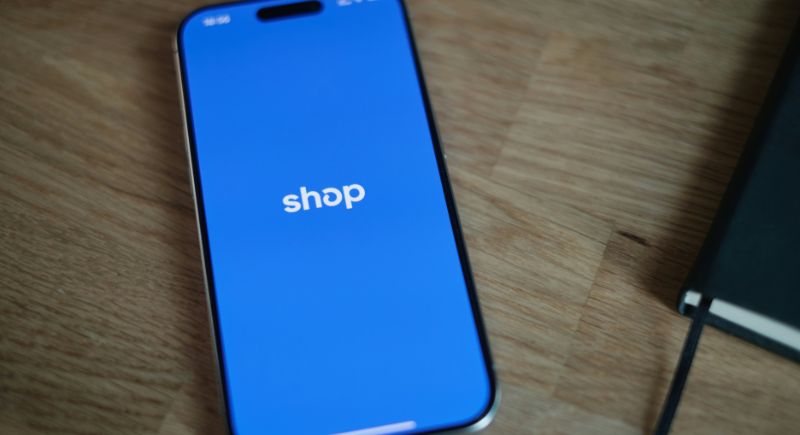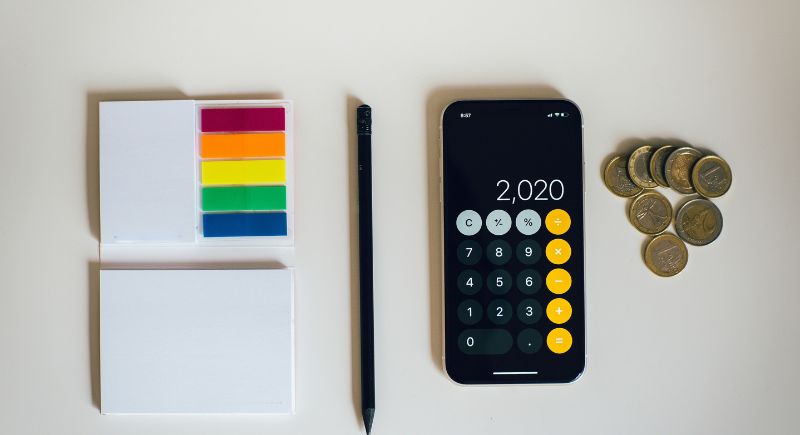Millenials Are Saving More Money Than Ever With This One Habit
Millennials have been typecast as the generation that burned money on lattes and avocado toast. In fact, the latest GOBankingRates survey shows that 15% of millennials think impulse spending is their top roadblock to saving. But behind the memes, a different habit is reshaping their bank accounts. They’re pressing pause on tempting purchases and automatic spending. A growing number of them are building a savings buffer by delaying what used to be impulsive decisions, and this one habit has become a financial strategy.
Some of the rules associated with this habit include 24-hour waiting periods before buying, clearing shopping apps off phones, and leaving credit cards at home. These small but deliberate actions are helping millennials save more than ever, and there’s more happening in the background.
Saving Is Getting Younger and Smarter
Millennials aren’t waiting until their 30s to get serious about money. Compared to Gen X and Boomers, they’re saving earlier. A 2023 Bank of America study found that nearly a quarter of millennial savers have over $100,000 socked away.
That’s up from 16% in 2018.
The same report shows that 75% are saving for retirement, and over 50% check their accounts or track expenses regularly.
Instead of relying on willpower, they’re automating deposits. Many either use high-yield savings accounts linked to paychecks, take advantage of workplace 401(k) programs, or set up Roth IRAs with recurring transfers.
Skipping the Cart, Stacking the Cash

Image via Unsplash/appshunter.io
Impulse shopping isn’t new. What’s different now is the constant access. TikTok hauls, Instagram ads, and one-click checkouts keep temptations in every pocket. But millennials are adjusting to build their savings. They’re unsubscribing from marketing emails, logging out of Amazon, and deleting apps like Amazon.
Financial planners call it “adding friction.” If you make buying slightly harder, it gives the brain time to reconsider. Some experts say online shopping short-circuits decision-making because it skips the slow steps of dressing, driving, and waiting. Removing those barriers made spending too easy. So millennials are putting some of them back in.
When millennials do spend, they’re making it count. A report found that this group spends more on ethical and lifestyle-driven goods. They prefer local food, eco-friendly packaging, and brands with a mission. While 60% admit to buying coffee that costs over $4, 34% have written financial plans. That’s more than double the rate among Boomers.
Delaying a purchase allows values to step in. It’s not just “Do I want this?” but also “Does this line up with what I care about?” For many, that’s the difference between letting a cart sit overnight and checking out in 30 seconds.
From Panic Spending to Purpose Spending

Image via Unsplash/Amol Tyagi
COVID changed how millennials interact with money. Many reported an uptick in “doom spending” during lockdown. These were stress-fueled purchases made to cope with uncertainty. Surveys now suggest that millennials are becoming more cautious.
According to Shepherds Friendly, 59% of UK millennials save monthly, and more than half have a budget. These people either use budgeting apps or rely on spreadsheets and old-school notebooks. The approach doesn’t matter as much as consistency.
Many millennials also split their savings: one pot for long-term goals like retirement or home ownership and the other for short-term fun. This helps prevent the all-or-nothing mindset and supports their broader goal of balance.
In the Shepherds Friendly report, 26% of millennials said they’re saving for a home, while 33% are saving for travel. Millennials are working hard so they don’t have to choose between freedom and stability. They are looking for ways to have both in proportion. Delaying a $120 impulse buy now presents the incentive of funding both accounts instead of neither.
Debt Doesn’t Cancel Discipline

Image via FreePik/wayhomestudio
Yes, millennials carry a lot of debt. Over three-quarters of them report some form of non-mortgage debt, and many owe over $50,000. But that hasn’t stopped them from saving. A 2020 CNN report showed that half of them pay off their credit cards monthly.
Millennials are realistic about their situation, but they’re also determined to build safety nets. Sometimes, that means rounding up every purchase into a savings app, skipping a subscription, or doing nothing at all—on purpose.
The Pause That Pays Off
Millennials are reworking how they interact with the economy. Through small habits like delayed spending, separate savings buckets, and subscription audits, they’re reclaiming control. It’s showing up in the numbers with higher savings rates, fewer overdrafts, and better credit health.
Waiting to buy a $40 sweatshirt may not feel like a financial milestone. But when that pause turns into a pattern, it adds up. That’s what’s happening now. Essentially, millennials are saving more, not because they earn more, but because they pause more. And in the world of personal finance, that pause is proving to be the habit that changes everything.